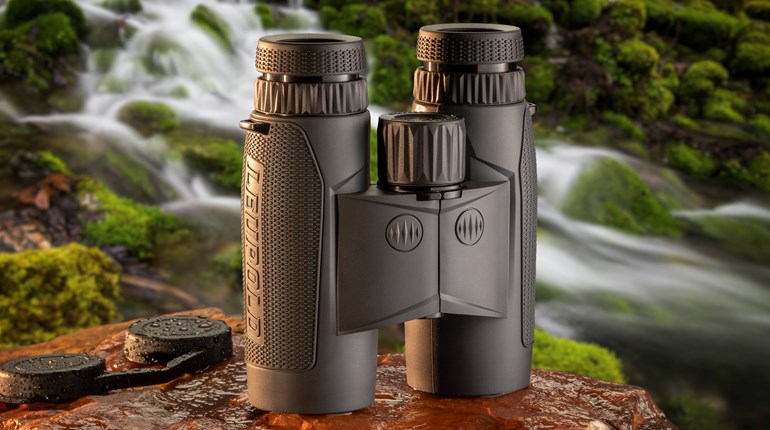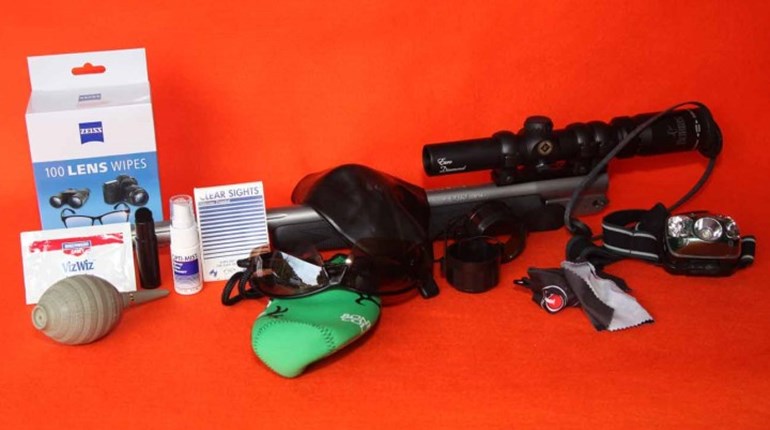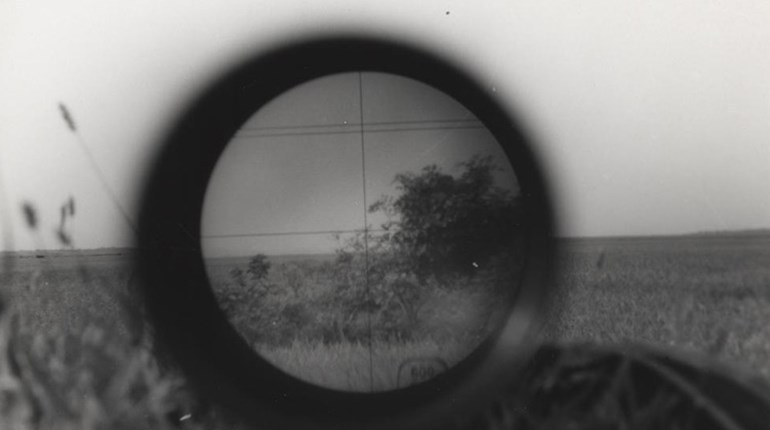
Swarovski recently released yet another iteration of its famous EL binocular that doesn’t even try to improve the optics. Probably because it doesn’t have to.
So how can the company manufacture a “new and improved” binocular if it has the same prisms, lenses and coatings as the previous model? By tweaking ergonomics and function.
Swarovski’s EL hit the market in 1999 as the Austrian manufacturer’s flagship binocular. Its genesis was inspired by world-class birders clamoring for the best of the best in a binocular: the brightest, lightest, sharpest, etc. Swarovski engineers took the challenge, and the EL line was the result. It married the finest Schott glass lenses and prisms with lightweight magnesium barrels, a brilliantly reflective proprietary prism mirror surface called SwaroBright, and advanced anti-reflection lens coatings called SwaroVision to achieve maximum light transmission and true color fidelity. A dual-bridge hinge connected the two barrels, leaving plenty of room for fingers to wrap around each. Internal focusing helped ensure waterproof, fogproof, dustproof performance, and an armor coating protected against dings and scratches.
About 2011, Swarovski added field-flattener lenses and HD glass to the EL. Any remaining hint of color fringing was thus eliminated. The field-flattener lenses resulted in tack-sharp views across the field of view, top to bottom and side to side. It appeared Swarovski had reached binocular perfection.
Not quite.
The tiny fly in the EL ointment was its carry strap system and lens covers. Despite a wide, stretchy, neoprene-type neck strap that spread binocular weight nicely across the user’s neck and shoulders, EL users put up with flat-sided straps that twisted religiously. Heavy, rather stiff eyepiece lens covers were solid and durable, but gripped the eyepiece rim about as well as a downhill ski grips snow. The objective lens covers with those wrap-around-the-barrel rubber band attachments stayed on about as well as flip-flops in a 100-meter dash. Most of us just left them in the box.
Not anymore. The latest iteration of the EL features a nifty, round carry strap affixed to trim, 360-degree hinges bayoneted to each barrel. The round cord minimizes twisting. But that’s not all. The upper ends of these round cords fit to wide, neoprene neck straps via “Quick Catch” buttons that adjust length quickly and securely. You turn the Quick Catch knob to loosen tension on the cord. Then pull to lengthen or shorten to taste, and twist to lock the Quick Catch knob. It’s easier done than explained. I’ve field-tested this system extensively and have yet to have it slip.
The new eyepiece covers are made of a slightly flexible, rubber-like material featuring blocks or “fingers” inside the rims. These grip the rubber rims of the eyepieces for a secure hold, yet they’re easy to pry off with a slight bend to each cover. Again, easier done than said.
The objective covers are the last improvement. Constructed from what feels like the same rubbery, slightly sticky material as the eyepiece covers, these also lock in with little fingers, but their best feature may be their attachment. A narrow strap integral with each “lid” snaps securely over a rim notched into the armored barrel end. To use, flip off each objective cover and just let it flap open. It won’t fall off. No need to stuff it in a pocket. If, like me, you find objective covers superfluous, yank them off and fill the rim notch with a special filler bar shipped with each EL.
Optical function is no different than the previous version of the HD EL with the field-flattener lenses. The easiest way to explain this is to call the view outstanding. In the wide world of binoculars, there may be a model or two that matches EL performance, but I doubt any beat it. The EL transmits light, maximizes contrast, minimizes flare, tames color fringing and projects true colors with the best of the best. Swarovski’s top-of-the-line bino is light, handy, tough, durable and comes with a transferrable lifetime warranty. And now it’s even easier to use in the field.
Technical Specifications:
• Type: roof-prism binocular
• Magnification: 8.5X (tested), 10X
• Objective Lens Diameter: 42mm
• Focusing Range: 4.9'-infinity
• Eye Relief: 20mm
• Exit Pupil: 4.9mm
• Field of View @ 1,000 Yds: 399'
• Coatings: fully multi-coated lenses w/ SwaroVision, SwaroBright, SwaroClean
• Construction: magnesium chassis, rubber armor, nitrogen-filled, HD glass; waterproof to 13'
• Dimensions: length 6.3"; width 5.2"; weight 29.5 ozs.
• Accessories: padded field bag, neck strap, eyepiece and objective covers
• MSRP: $2,832




































